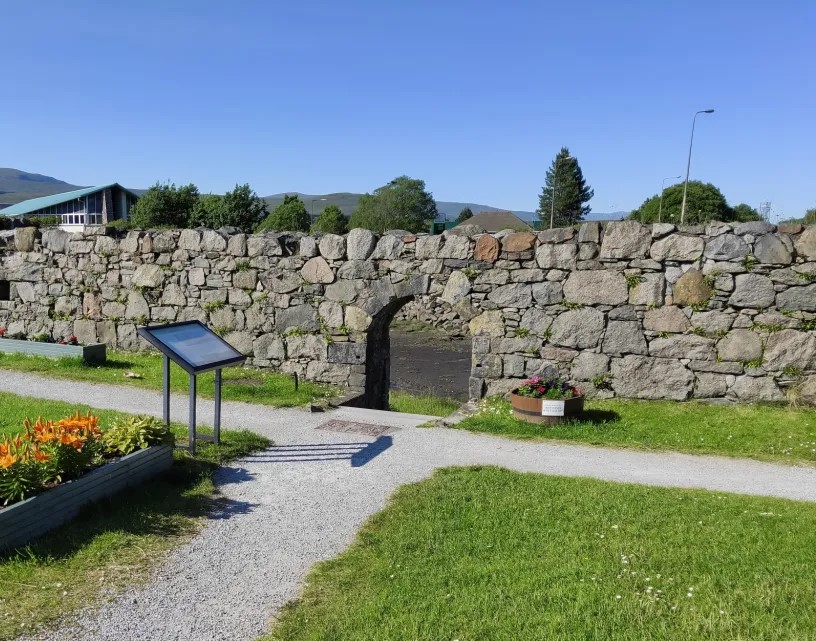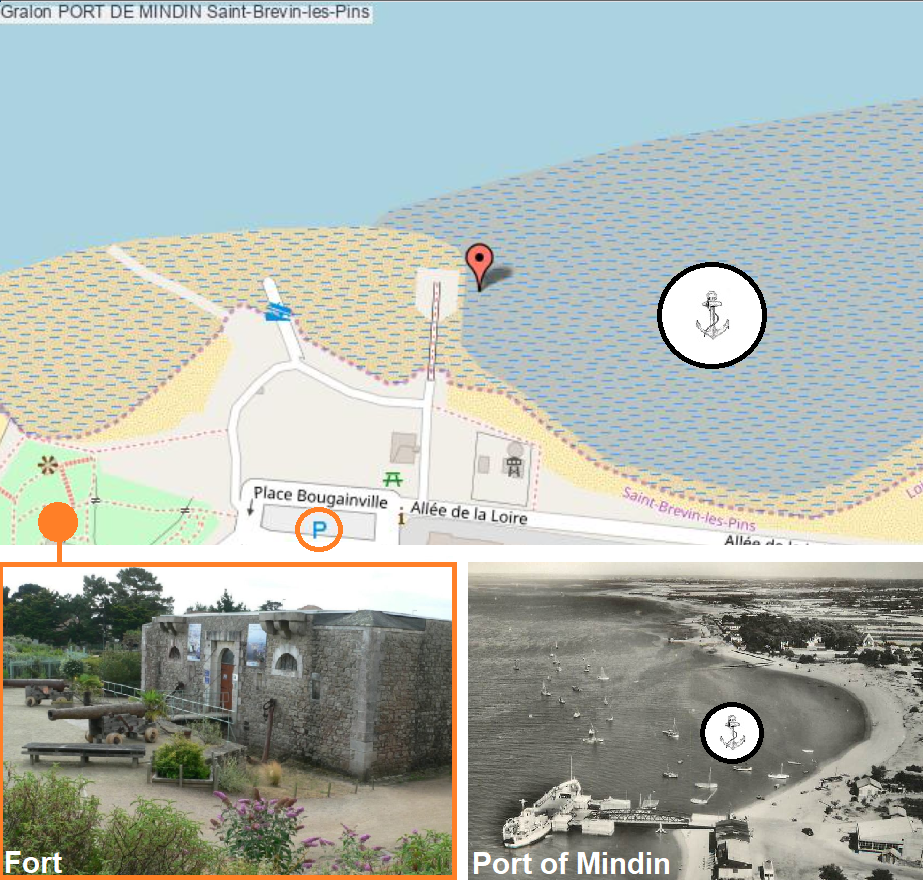Fort William takes its name from the stone fort established here in the reign of William II & III, replacing an earlier fort built in the Cromwellian period. The fort was a particular menace to the Camerons, and in 1746 it was beseiged by a detachment of the Jacobite army for several weeks, before the operation was abandoned ahead of the Battle of Culloden. With access to the sea for supplies, it was the only one of the three major Highland forts not to fall to the prince's troops. Parts of the fort were demolished in the 1860s, but the officers' block survived until 1948.
Access
The site serves as a park, with free open access. The ramparts are best viewed from the shore, and caution is advised whilst exploring the waterside.




